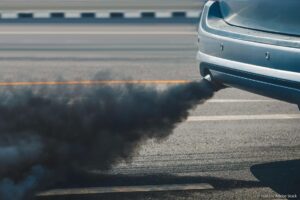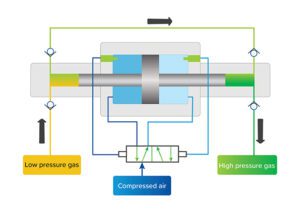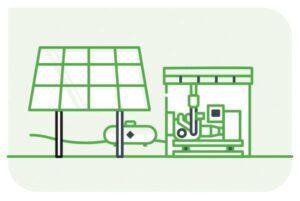-
Commentary
For EV Adoption, How Important Are Proposed EPA Vehicle Emissions Regulations?
The U.S. Environmental Protection Agency (EPA) in April of this year announced proposed regulations to tighten restrictions on tailpipe emissions for light and medium-duty vehicles and greenhouse gas emissions from heavy-duty vehicles beginning with the 2027 model year. In order to meet the new requirements, the proposed regulations could effectively require automakers to produce zero-emission […]
-
Commentary
FERC’s Queue Reform an Improvement, but Devil Is in the Details
The Federal Energy Regulatory Commission (FERC) on July 28 issued a landmark order that reforms the generator interconnection process. The order is in response to a clear need for nationwide improvements due to a rapidly changing resource mix, market forces, and emerging technologies for power generation. Order No. 2023, Improvements to Generator Interconnection Procedures and Agreements, […]
-
Gas
Could SCR Catalyst Technology Adoption Be a Roadmap for Power Plants Seeking Economical and Efficient CO2 Point-Source Solutions?
As the quest to develop a net-zero carbon emissions electricity grid marches on, global entities like the International Energy Agency (IEA) increasingly point to a big role for carbon capture, utilization, and storage (CCUS). The IEA goes so far as to say reaching net-zero will be nearly impossible without CCUS. Proposed governmental greenhouse gas emissions […]
-
Wind
How Wind Turbine Pitch-Control and Sealing Systems Work
With over 350,000 wind turbines currently in use globally, wind continues to be one of the fastest growing forms of renewable energy. In 2021, 93.6 GW of new installations brought global cumulative wind power capacity to 837 GW, showing year-over-year growth of 12%. The Global Wind Report 2022 notes that 557 GW of new capacity […]
Tagged in: -
Legal & Regulatory
Empty Space—Navigating the Void of Pore Space Regulation in Texas
The Inflation Reduction Act (IRA) has spurred investment in carbon capture and sequestration (CCS), a key tool for decarbonization, by significantly increasing the tax credit for permanently sequestering carbon dioxide. However, many states lack comprehensive laws necessary for CCS projects to attract investment. That includes Texas, a global energy capital that boasts high storage potential. Regulatory […]
-
O&M
Using ASME PTC 6 Testing to Improve Steam Turbine Performance
When a power plant experiences issues with performance, the obvious indicators are usually a loss in load capacity or an increase in fuel consumption. However, other issues exist that can be costly, such as
-
Legal & Regulatory
Bonus Tax Credits Supercharging Domestic Clean Energy Manufacturing
The Inflation Reduction Act (IRA) recognizes the importance of boosting domestic U.S. manufacturing of clean energy equipment and provides a 10% bonus for the production tax credit and investment tax credit
-
Waste to Energy
Integrating Flammable Gas Pressurization System with Online Ash Cleaning Device Improves Energy Efficiency
A stationary shockwave ash cleaning device combined with a pneumatic booster system is a solution to the hourly cleaning of accumulated ash in boiler tube bundles. The automated ash cleaning process stably
-
Hybrid Power
Propane Is a Sustainable Choice for Growing Microgrid Need
Construction professionals can rely on propane for lower emissions and enhanced resiliency. Commercial buildings are experiencing more and more unplanned power outages and it’s causing incredible strain on
-
O&M
Spider Power for Turbomachinery Operators
Slowly, a blue spider crawls across its spider web. When it reaches the center, it stretches, solidifying the self-woven structures. We are in the middle of a video scene. Only when the camera opens up and moves away from the scenery does it become clear. This is not a real spider, but a model from […]
Search











